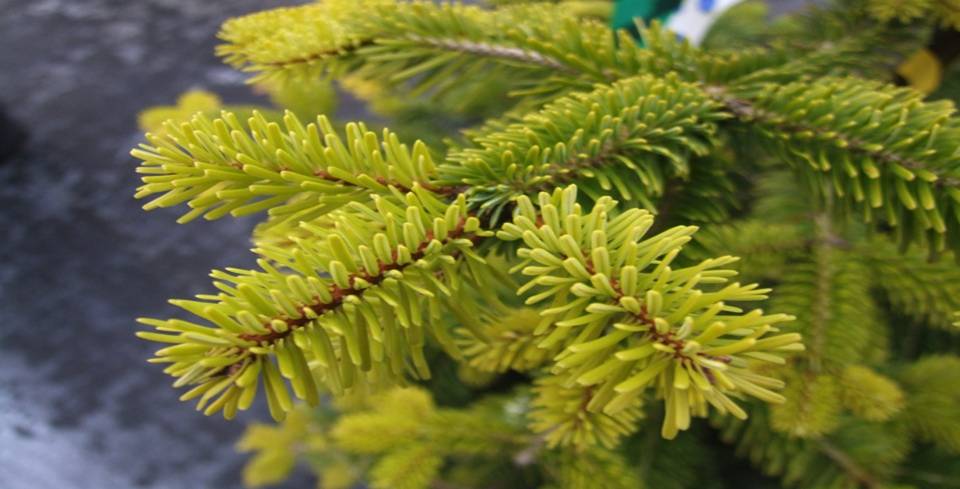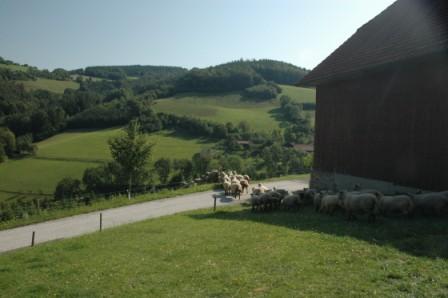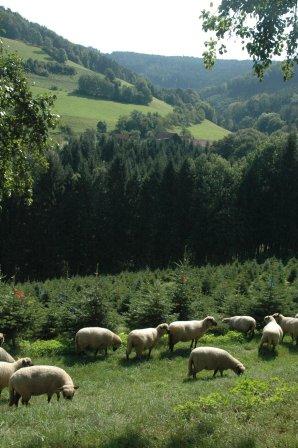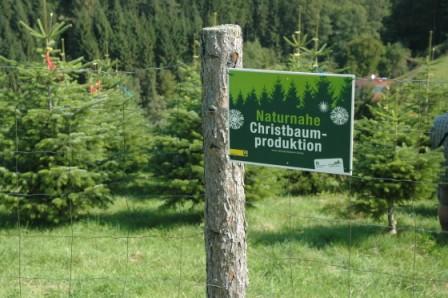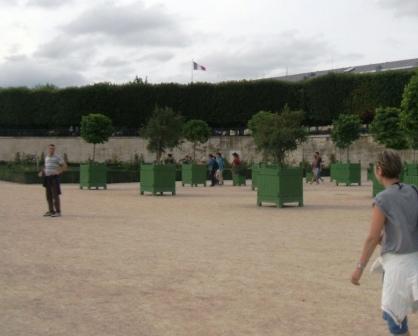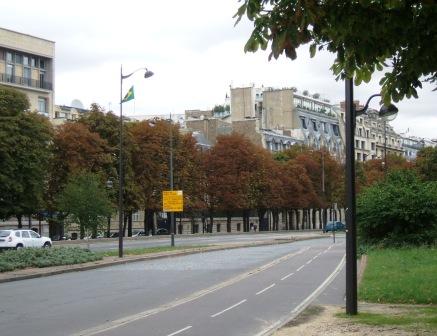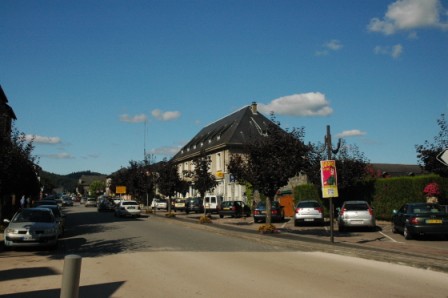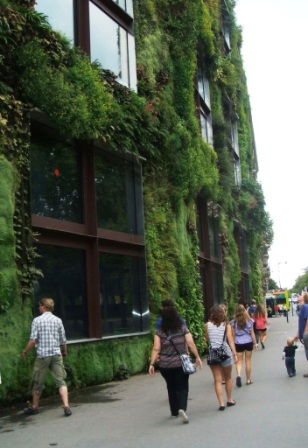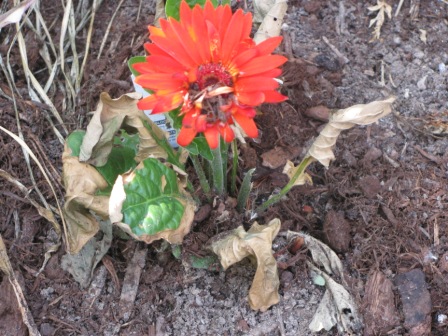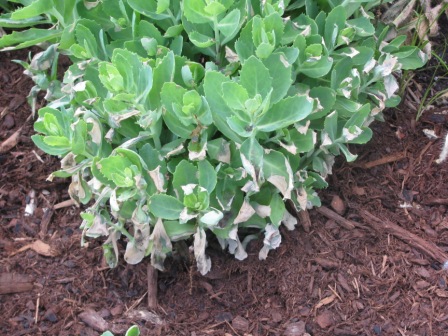1984. That’s the year that the last professor here at the University of Minnesota published a paper about peanuts. He had tested a number of different varieties, some of which we’re testing now, and found that they do quite well in Minnesota. Then for the next 26 years there was a lull. And now? We have peanuts! Boiled peanuts and man are they good. But…will we end up in 1984 again? How do we make sure that our peanuts don’t disappear into academic oblivion? We’ve got to find a restaurant, a bar, a gas station, something, who wants to try something new – we need demand. Maybe the state fair? We’ll see.
I give a lot of talks throughout the US. It’s something that I enjoy, but, honestly, a year or two after I give a talk in a location I usually forget many of the specifics – they bleed together. Sure, I remember that I gave a talk in Green Bay (for example) – and I remember the people and the botanical garden (both of which were great) – but I don’t really remember the talk itself. Well, this past Tuesday night I gave a talk that I’ll remember forever. There’s a bar in Minneapolis called Bryant Lake Bowl which is connected to a bowling alley and a theatre. Our University Museum, called the Bell Museum, hosts a monthly scientific talk there called Café Scientifique. The audience, about 90, is waited on by the bar staff during the talk and so everyone is quite comfortable. The speaker may also partake if he or she so desires (how could I resist – after all, it was the only compensation I received). So I had a pint of Surly – on an empty stomach – during the talk! I’m a lightweight, so let’s just say I was relaxed. It was about an hour presentation followed by almost an hour of questions. I don’t think it was my best talk ever, but I don’t know that I’ve ever had a better time giving a talk (The title, by the way, was The Truth About Organics). It was an audience largely composed of a demographic I rarely get to talk to out side of my classes – young (20-30 yr old) people who were very curious about where food comes from and who really hadn’t spent much time thinking about it before.
